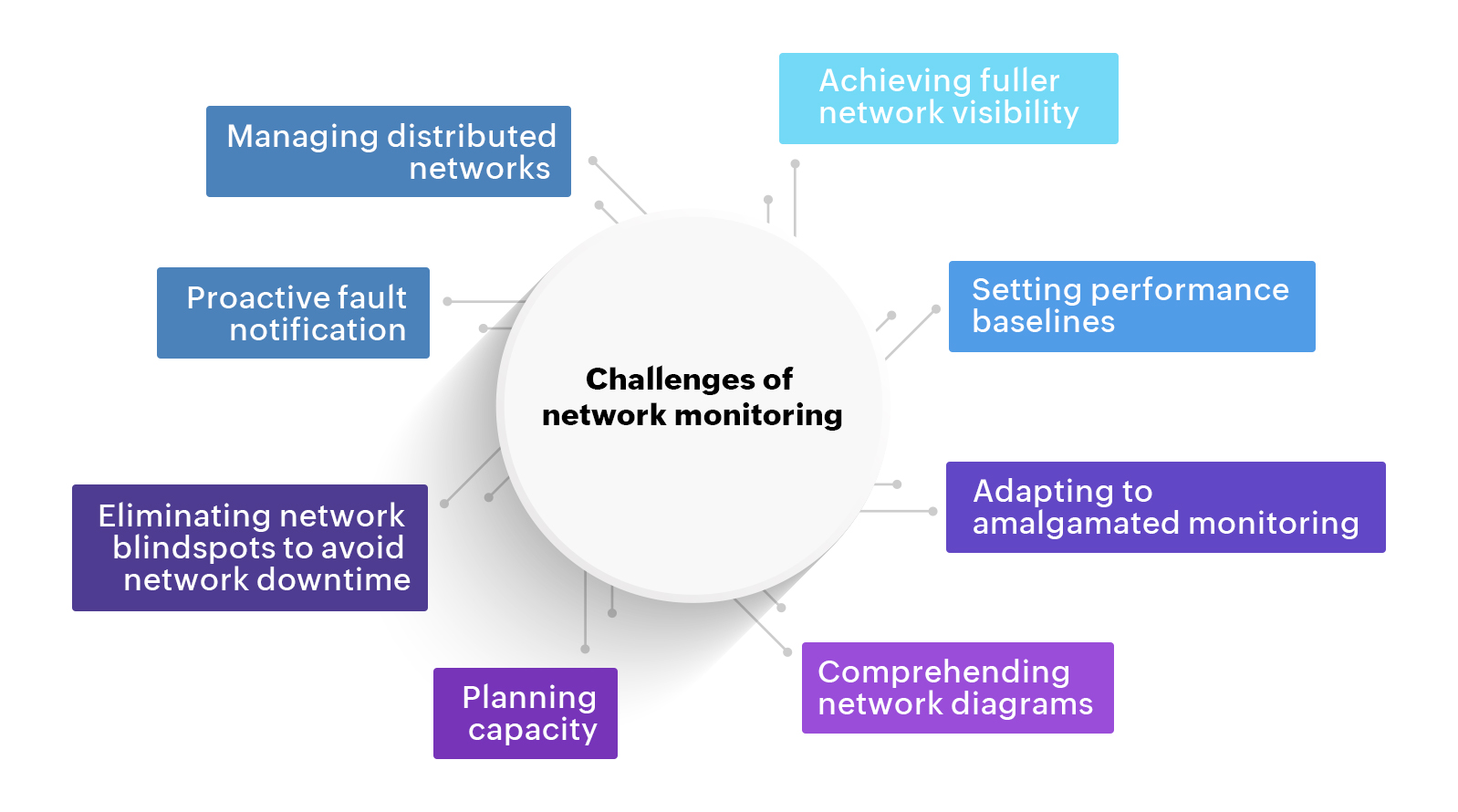I. Introduction
In the digital age, photography has become an increasingly lucrative and accessible profession. With the rise of stock photography agencies like Getty Images, photographers now have the opportunity to turn their passion into a profitable venture by contributing their images to a global audience. However, simply capturing images is not enough to ensure success in this competitive market. To truly stand out and attract buyers, photographers must focus on producing marketable images that resonate with potential customers.This guide aims to provide valuable insights and practical tips for photographers looking to shoot marketable images for Getty Images. Whether you're an aspiring photographer or a seasoned professional seeking to expand your portfolio, understanding the specific requirements and preferences of stock photography agencies is crucial.Also Read This: View Victory: Boosting Your Views on eBay
II. Understanding Market Demand

A. Researching Current Market Trends
1. Analyzing popular themes and subjects: Investigate the most downloaded and highest-selling images on Getty Images to identify recurring themes and subjects that are in demand. 2. Keeping track of seasonal and cultural trends: Stay updated with events, holidays, and cultural happenings that can influence the demand for specific types of images. 3. Following industry news and publications: Subscribe to photography magazines, websites, and social media accounts to understand the evolving preferences of clients and designers.B. Identifying Niche Subjects with High Demand
1. Exploring underserved niches: Look for subjects that are not extensively covered in the stock photography market, as they can present lucrative opportunities. 2. Catering to local interests: Consider capturing images that highlight the culture, landmarks, and unique features of your region, as they might have a strong appeal to local clients. 3. Targeting specific industries: Understand the needs of various industries like healthcare, technology, finance, and lifestyle, and create images that cater to their specific requirements.C. Analyzing Successful Images on Getty Images for Inspiration
1. Studying top-performing photographers: Look at the portfolios of successful contributors on Getty Images and examine their most popular images for insights into what resonates with buyers. 2. Paying attention to composition and style: Observe how leading photographers frame their shots, use lighting, and evoke emotions to create compelling and marketable images. 3. Identifying gaps and opportunities: Discover areas where you can offer unique perspectives or fill gaps in existing image collections to differentiate your work.By understanding the market demand and aligning your photography accordingly, you can increase the chances of your images attracting buyers and generating revenue on platforms like Getty Images. Remember that staying adaptable and open to feedback is essential as market trends may change over time.This video explains how Should I Shoot for Getty Images?Also Read This: How to Resize Images Using Paint for Basic Adjustments
III. Planning Your Photoshoot
A. Defining the Target Audience
1. Identify potential buyers: Determine the industries, businesses, and publications that are likely to use your images. Understand their visual requirements and preferences. 2. Research buyer personas: Create profiles of your ideal clients to gain insights into their demographics, interests, and specific image needs. 3. Tailor your shoot to meet their needs: Keep the target audience in mind while deciding on subjects, concepts, and visual styles.B. Setting Clear Goals for the Shoot
1. Establish the purpose: Define the main objectives of the photoshoot, such as expanding your portfolio, targeting a specific niche, or filling gaps in the market. 2. Outline the subjects and themes: Plan the specific subjects, themes, or emotions you want to capture during the shoot to ensure a cohesive and purposeful collection of images. 3. Consider commercial potential: While artistic expression is essential, also focus on images that have commercial appeal and can be used in various projects.C. Creating a Shot List
1. List of essential shots: Prepare a list of must-have shots that align with your goals and target audience. 2. Diverse range of images: Include variations in composition, angles, and focal points to provide buyers with a selection of images to choose from. 3. Balance creativity and practicality: Combine unique, creative shots with images that have broad commercial potential.By thoroughly planning your photoshoot, you can ensure that you capture a diverse and marketable collection of images. A well-executed plan will also save time and resources during the shoot, allowing you to focus on creativity and obtaining high-quality images that align with market demand.Also Read This: How to Purchase Pictures from Getty Images: What You Should Know
IV. Technical Considerations

A. Choosing the Right Camera and Lenses
1. Assess your needs: Select a camera that suits your photography style, whether it's high-resolution images, fast action shots, or low-light photography. 2. Consider full-frame sensors: Full-frame cameras generally offer better image quality and low-light performance, which can be advantageous for stock photography. 3. Lens versatility: Invest in a range of lenses that cover various focal lengths to allow for flexibility in capturing different subjects and compositions.B. Understanding Lighting Techniques
1. Master natural light: Learn to work with natural light, particularly during the golden hour, to achieve soft and flattering illumination. 2. Use artificial lighting when necessary: Familiarize yourself with artificial lighting setups, like strobes or continuous lights, for indoor or low-light situations. 3. Diffusion and reflectors: Use diffusers and reflectors to soften and control the light, reducing harsh shadows and achieving balanced exposures.C. Mastering Composition for Marketable Images
1. Rule of thirds: Apply the rule of thirds to create visually balanced and appealing images. 2. Leading lines: Utilize leading lines to draw the viewer's eye towards the main subject or point of interest. 3. Negative space: Embrace negative space to give your subjects room to breathe and create a sense of simplicity and focus.By paying attention to these technical considerations, you can enhance the quality and appeal of your images, making them more marketable and increasing their chances of being selected by potential buyers on platforms like Getty Images. Remember that technical skills, combined with creativity and a keen eye for capturing moments, will set your photography apart in the competitive world of stock imagery.Can we start a petition? A photoshoot with #OliviaColman & #TobiasMenzies 📸credit: Getty Images for Netflix pic.twitter.com/NMYAT2wKlT
— Tobias Menzies Appreciation (@TobiasM_Fan) June 18, 2021
Also Read This: Ultimate Guide to Saving Images as PDF on iPhone
V. Legal and Ethical Aspects
A. Model and Property Releases
1. Model releases: Always obtain written consent from recognizable individuals featured in your images, granting you permission to use and sell their likeness commercially. 2. Property releases: If your images include private properties, landmarks, or buildings, secure permission from the property owners to avoid legal issues.B. Avoiding Copyright Infringement
1. Original content: Ensure that your images are entirely your own work and do not include copyrighted elements, such as logos, trademarks, or artworks, without proper authorization. 2. Public domain and creative commons: If using elements from other sources, verify that they are in the public domain or licensed under Creative Commons with appropriate usage rights.C. Respecting Cultural Sensitivities and Avoiding Offensive Content
1. Cultural sensitivity: Be aware of cultural norms and sensitivities when photographing people from different backgrounds or capturing images in diverse locations. 2. Avoid offensive content: Refrain from creating or submitting images that may be considered offensive, discriminatory, or harmful to any group or individual.Remaining vigilant about legal and ethical considerations is crucial for all photographers, especially when contributing images to stock photography agencies like Getty Images. Failure to adhere to these principles could lead to legal disputes, image rejections, and damage to your reputation as a photographer.Also Read This: Understanding the Correct Dimensions for Your Dailymotion Channel Banner Image
VI. Capturing Emotion and Storytelling

A. The Power of Emotions in Marketable Images
1. Emotional connection: Emotionally impactful images are more likely to resonate with viewers and leave a lasting impression. 2. Eliciting feelings: Aim to evoke a range of emotions, such as joy, surprise, empathy, or even contemplation, through your photography.B. Tips for Candid and Authentic Shots
1. Blend in with the surroundings: When shooting candid moments, try to be inconspicuous and blend into the environment to capture genuine reactions and emotions. 2. Use long lenses: Long telephoto lenses allow you to maintain distance from your subjects, giving them the freedom to act naturally. 3. Patience is key: Wait for the right moments to unfold naturally, rather than forcing them to happen.C. Using Visual Storytelling to Engage Viewers
1. Create a narrative: Construct a story within a single image or a series of photographs, allowing viewers to connect with the subjects and their experiences. 2. Context and environment: Include elements in the frame that provide context and contribute to the storytelling, setting the scene and mood of the image. 3. Posing and body language: Guide your models or subjects to convey emotions and narratives through their expressions and body language.By capturing emotion and incorporating storytelling techniques into your images, you can create a portfolio that engages viewers on a deeper level. Remember that authentic and compelling storytelling is a powerful tool to connect with audiences, making your images more marketable and impactful in the world of stock photography.Also Read This: How to Download Closed Captions from Dailymotion for Accessibility
VII. Editing and Post-Processing
A. Selecting the Best Images from Your Shoot
1. Initial culling: Review all the images from your shoot and eliminate duplicates, out-of-focus shots, and with technical flaws. 2. Identify standout images: Choose images that best capture the emotions, storytelling, and technical quality you intended to convey during the shoot.B. Enhancing and Retouching Images
1. Adjust exposure and white balance: Fine-tune exposure, contrast, and color temperature to ensure accurate and visually appealing results. 2. Sharpening and noise reduction: Apply appropriate sharpening techniques while reducing noise to maintain image quality. 3. Retouching subjects: Use non-destructive retouching methods to enhance subjects subtly, removing distractions and blemishes without compromising authenticity.C. Preserving Authenticity
1. Avoid excessive manipulation: Strive to maintain the integrity of the original scene, ensuring that your edits enhance but do not alter the core content of the image. 2. Natural-looking edits: Ensure that your post-processing adjustments do not create an artificial or over-processed appearance.Post-processing is an essential step in creating marketable images that truly shine. By mastering editing techniques and preserving authenticity, you can enhance the emotional impact and visual appeal of your photographs.Also Read This: Learn How to Use Tiktok Video Downloader Without Text to Get Amazing Content
VIII. Keywording and Metadata

A. Importance of Accurate and Relevant Keywords
1. Improve discoverability: Use keywords that accurately describe the main subjects, emotions, and concepts present in your images, making them more accessible to potential buyers. 2. Enhance search results: Relevant keywords increase the likelihood of your images appearing in search results when clients are looking for specific content.B. Utilizing Metadata to Increase Image Visibility
1. Title and description: Write descriptive and concise titles and descriptions that provide context and information about the image content. 2. Image categories and concepts: Assign appropriate categories and concepts to your images to help buyers find them through refined searches. 3. Geotagging: If applicable, include location information using geotagging to appeal to buyers searching for images from specific regions.C. Avoiding Overused or Misleading Keywords
1. Be specific and accurate: Avoid using general or unrelated keywords that could mislead buyers or lead to image rejections. 2. Steer clear of spamming: Refrain from using excessive or irrelevant keywords to artificially boost visibility, as this violates platform guidelines and harms your credibility.Effective keywording and metadata play a crucial role in making your images more discoverable to potential buyers on platforms like Getty Images. By employing accurate and relevant keywords and providing comprehensive metadata, you can increase the visibility and appeal of your images, ultimately leading to more sales and a broader reach for your photography portfolio.Also Read This: Achieving Success on Adobe Stock
IX. Legal and Contractual Considerations
A. Understanding Getty Images' Licensing Terms
1. Royalty-free vs. Rights-managed: Differentiate between royalty-free and rights-managed licensing options offered by Getty Images, as they have distinct usage and pricing structures.2. Usage rights: Comprehend the specific rights granted to buyers based on the chosen licensing option, including usage duration, geographical distribution, and exclusivity.B. Pricing and Royalty Structures for Contributors
1. Contributor agreements: Review Getty Images' contributor agreement to understand the commission structure, payment terms, and usage rights granted to the agency.2. Setting image prices: Consider factors like image complexity, usage type, and market demand when determining the pricing for your images.C. Maintaining Compliance with Getty Images' Contributor Guidelines
1. Image quality and technical standards: Ensure that your images meet the required technical standards set by Getty Images for resolution, image size, and format.2. Releases and permissions: Verify that you have obtained all necessary model and property releases for commercial use of your images.3. Content guidelines: Adhere to content guidelines regarding offensive, illegal, or explicit material to avoid image rejections or account suspension.Understanding and adhering to the legal and contractual aspects of contributing to Getty Images is essential for protecting your rights as a photographer and maintaining a successful and sustainable relationship with the agency.Also Read This: Sending Storyblocks Images to Photoshop for Editing
X. Submitting Images to Getty Images
A. Preparing Images for Submission
1. Image selection: Carefully curate your images and choose only the best and most marketable ones for submission.2. Image resolution and size: Ensure that your images meet the required resolution and size specifications set by Getty Images.3. File format: Save your images in the appropriate file format, such as JPEG or TIFF, adhering to Getty Images' guidelines.B. Registering as a Contributor
1. Create an account: If you haven't already, sign up as a contributor on the Getty Images website and complete the registration process.2. Provide required information: Submit the necessary personal and tax information as per Getty Images' contributor registration requirements.C. Metadata and Keywording
1. Add accurate metadata: Complete all required metadata fields, including title, description, and keywords, to enhance the discoverability of your images.2. Utilize relevant keywords: Use descriptive and relevant keywords to ensure your images appear in relevant search results.Submitting images to Getty Images requires careful preparation, attention to detail, and compliance with their guidelines. By following the submission process diligently and continuously improving your portfolio, you increase the chances of your images being accepted, downloaded, and generating revenue on this reputable stock photography platform.Also Read This: Getting Approved on Depositphotos for New Contributors
XI. Promoting Your Work
A. Creating an Online Portfolio
1. Build a professional website: Create a dedicated website showcasing your best work and providing information about your photography services.2. Organize your portfolio: Categorize your images and present them in a visually appealing and user-friendly manner.B. Utilizing Social Media
1. Engage on social platforms: Share your images and behind-the-scenes content on social media platforms like Instagram, Facebook, Twitter, and Pinterest to reach a wider audience.2. Use relevant hashtags: Incorporate popular and relevant hashtags to increase the discoverability of your posts.C. Blogging and Content Marketing
1. Start a photography blog: Share valuable tips, stories, and insights related to your photography experiences to attract readers and potential clients.2. Guest posting: Write guest posts for photography blogs or related websites to increase your visibility within the photography community.Also Read This: How to Download Behance Images for Free
XII. Monitoring Performance and Adapting


 admin
admin








